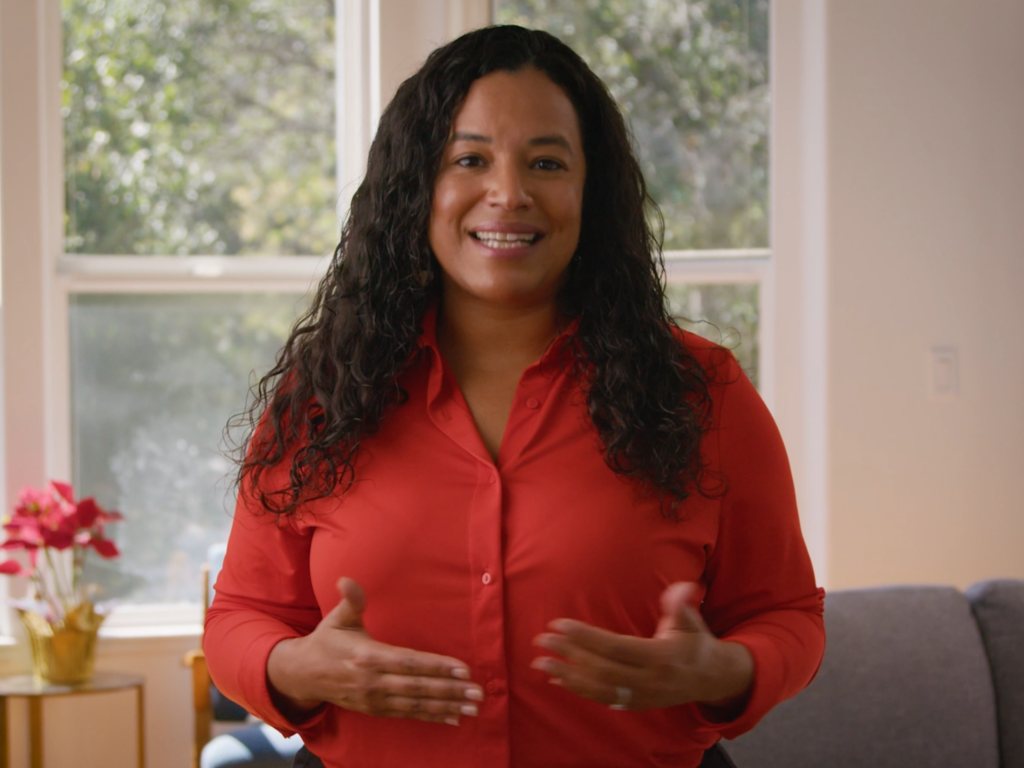Like so many “No Excuses” schools in our portfolio and beyond, KIPP: DC changes the lives of students and families by keeping kids’ interests at the center of decision-making. While the KIPP network earns well-deserved credit for its relentless focus on long-term goals (“KIPPster, what year are you going to college?”), students’ current happiness and well-being are central to fulfilling its mission. A classroom teeming with J-Factor (J stands for Joy; abbreviations are more fun!) promotes collaboration, cognitive risk-taking, and growth mindsets. Great school leaders emphasize it, and teachers actualize it. Around this time every summer, KIPP teachers are finalizing their classroom culture handbooks, and none is complete without specific mention of the J-Factor. In fact, Match Public Charter School founder Mike Goldstein recognizes the explicit desire of school leaders to recruit teachers who embrace joy as a catalyst for learning. Teaching Channel’s videos showcase of classroom best practices emphasizes the role of fun in ratcheting up student engagement. For middle schoolers, distributing index cards turns into a competition in no time. Fun thrives in the virtual world of education technology as well. Who doesn’t want to see a bright orange and red flame to celebrate a hot streak of test prep questions answered correctly on Grockit? And chances are great that the whimsical characters of Class Dojo are much more effective at catalyzing positive classroom behavior than listing students’ initials under “Leading Scholars” ever was on my whiteboard.
Teaching Channel’s videos showcase of classroom best practices emphasizes the role of fun in ratcheting up student engagement. For middle schoolers, distributing index cards turns into a competition in no time. Fun thrives in the virtual world of education technology as well. Who doesn’t want to see a bright orange and red flame to celebrate a hot streak of test prep questions answered correctly on Grockit? And chances are great that the whimsical characters of Class Dojo are much more effective at catalyzing positive classroom behavior than listing students’ initials under “Leading Scholars” ever was on my whiteboard.
Here in our Oakland office this week, my NewSchools colleague Rich Crandall, formerly of Stanford’s d.school, facilitated a design workshop for local Education Pioneer fellows to strengthen their ties to one another. What did this small group of JDs, MBAs, and other grad students do? We manipulated pipe cleaners, popsicle sticks, and colored paper to build prototypes. There wasn’t a strategic plan in sight. We listened to each other, experimented, listened some more, and iterated along the way. It felt like the best K-12 classrooms I’ve seen– student-centric and action-oriented, with accountability to a specific objective.
The achievement gap, however you slice it (by race, income, school district, or nation) is no laughing matter. That said, I find humor to be a most humanizing force: one that can convert “those kids” to “our children” for those who look to cultivate and appreciate joyful learning. So as we work to increase opportunity for all, let’s emulate the spirited classrooms of our nation’s best schools: take No Excuses for an absent J-Factor.


